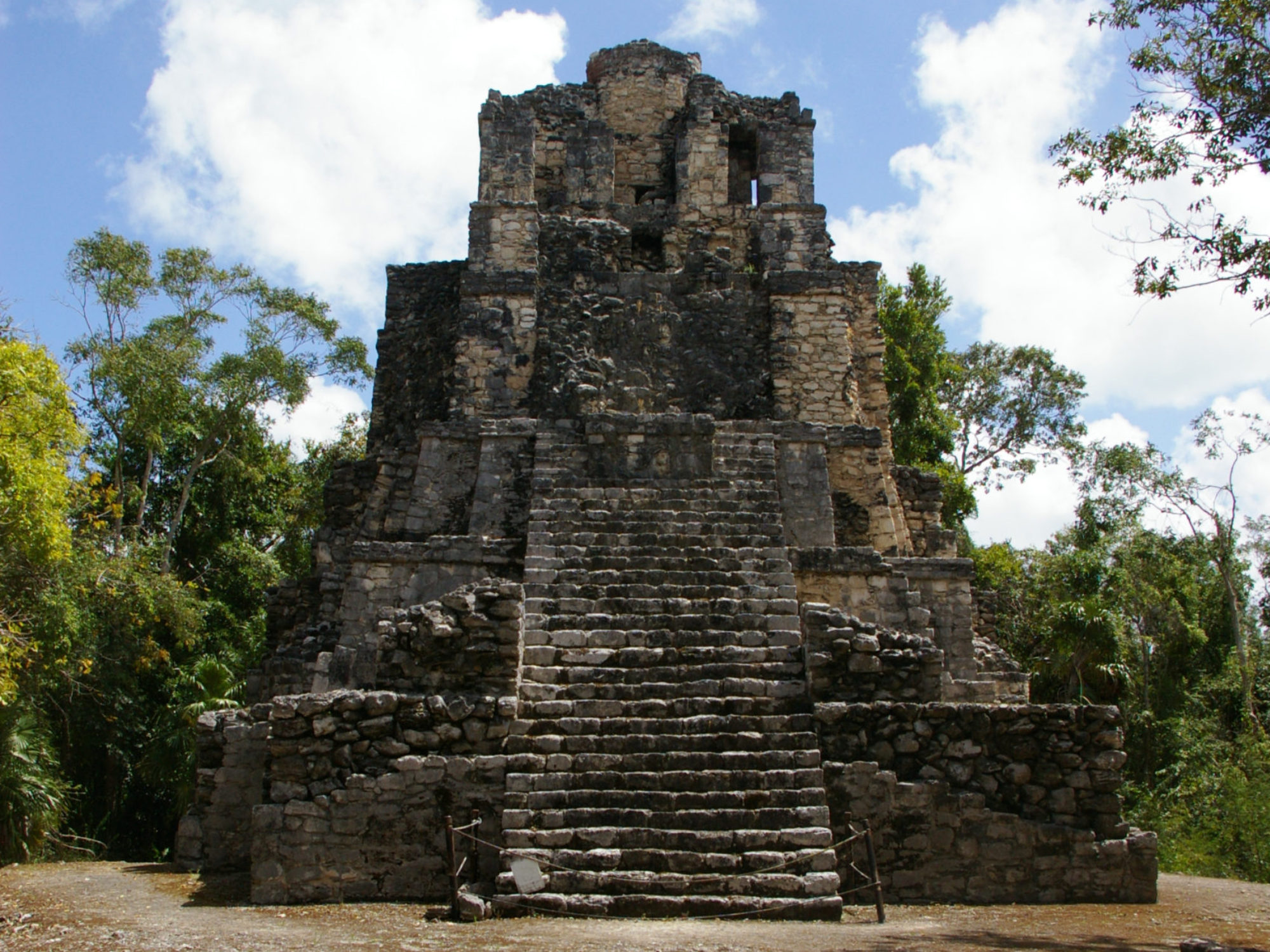October 10, 2020 Dr. Steve Gullberg: “Astronomy of the Inca Empire.”
Astronomy in the Andes was well developed by the time the Spaniards arrived in the Inca empire. This was due in large to the accumulation of knowledge through observations made by the many civilizations preceding the Incas. Astronomy was not simply observing and understanding celestial movement, however, as it was integrally woven into the very fabric of Andean existence throughout myth, cosmology, and culture, playing an important role in daily life.
The Incas were a Sun-worshipping people and their emperor was said to be “the son of the Sun.” Their cosmology begins with the primordial rising of the Sun, and also that of the Moon. In their astronomy they were aware of many stars and planets and paid particular attention to the Milky Way and the Pleiades. In a practical sense this knowledge was put to work via horizon astronomy as the Incas marked the passage of sunrises and sunsets on their horizons in order to keep time for agriculture and religion. Ultimately, celestial alignments and effects of light and shadow were integrated into their temples and huacas, as well as with other constructs such as solar pillars built more specifically for astronomical purposes. Found in my new book, this presentation will explore several aspects of the fascinating astronomy of the Inca empire.
Dr Steven Gullberg is an Associate Professor at the University of Oklahoma where he serves as Lead Faculty for the School of Integrative and Cultural Studies. He is the university’s Director for Archaeoastronomy and Astronomy in Culture, and he also serves as chair of the International Astronomical Union’s Working Group for Archaeoastronomy and Astronomy in Culture. At the University of Oklahoma, he spearheaded the development of a graduate-level archaeoastronomy distance-learning program designed to educate researchers around the world. Steve has strong interests across the spectrum of cultural astronomy. His work includes such as extensive field research of the astronomy of the Incas in the Peruvian Andes and significant analysis of the Babylonian Astronomical Diaries.
He regularly gives presentations at a variety of international conferences in his endeavor to globally advance the field of archaeoastronomy. In addition to archaeoastronomy conferences, he frequently is asked to talk about archaeoastronomy at astrophysics conferences and speaks to other fields as well. A goal of Steve’s is to expand awareness and research of cultural astronomy in fields such as archaeology, anthropology, and Indigenous studies. He also enjoys giving outreach talks to the public.
Dr Gullberg’s publications include his recent book, Astronomy of the Inca Empire: Use and Significance of the Sun and the Night Sky (Springer, 2020). He also has written book chapters and many journal articles in publications such as Astronomische Nachrichten, Journal of Skyscape Archaeology, and Mediterranean Archaeology and Archaeometry.
He is a member of the IAU’s Commissions C1, C3, and C4, and additional IAU working group memberships include Astronomical Heritage in Danger, Ethnoastronomy and Intangible Heritage, and Star Names. Other organizational memberships include the American Astronomical Society, International Society for Archaeoastronomy and Astronomy in Culture, Société Européenne Pour L’Astronomie Dans La Culture, SociedadInteramericana de Astronomía en la Cultura, Society for Cultural Astronomy in the American Southwest, Commission for the History of Ancient andMedieval Astronomy, Astronomical Society of the Pacific, History of Science Society, Native American and Indigenous Studies Association, Society for American Archaeology, American Anthropological Association, and European Association of Archaeologists. Steve also has done work for UNESCO regarding its World Heritage List.

